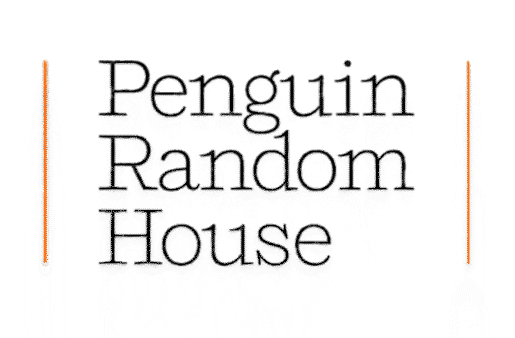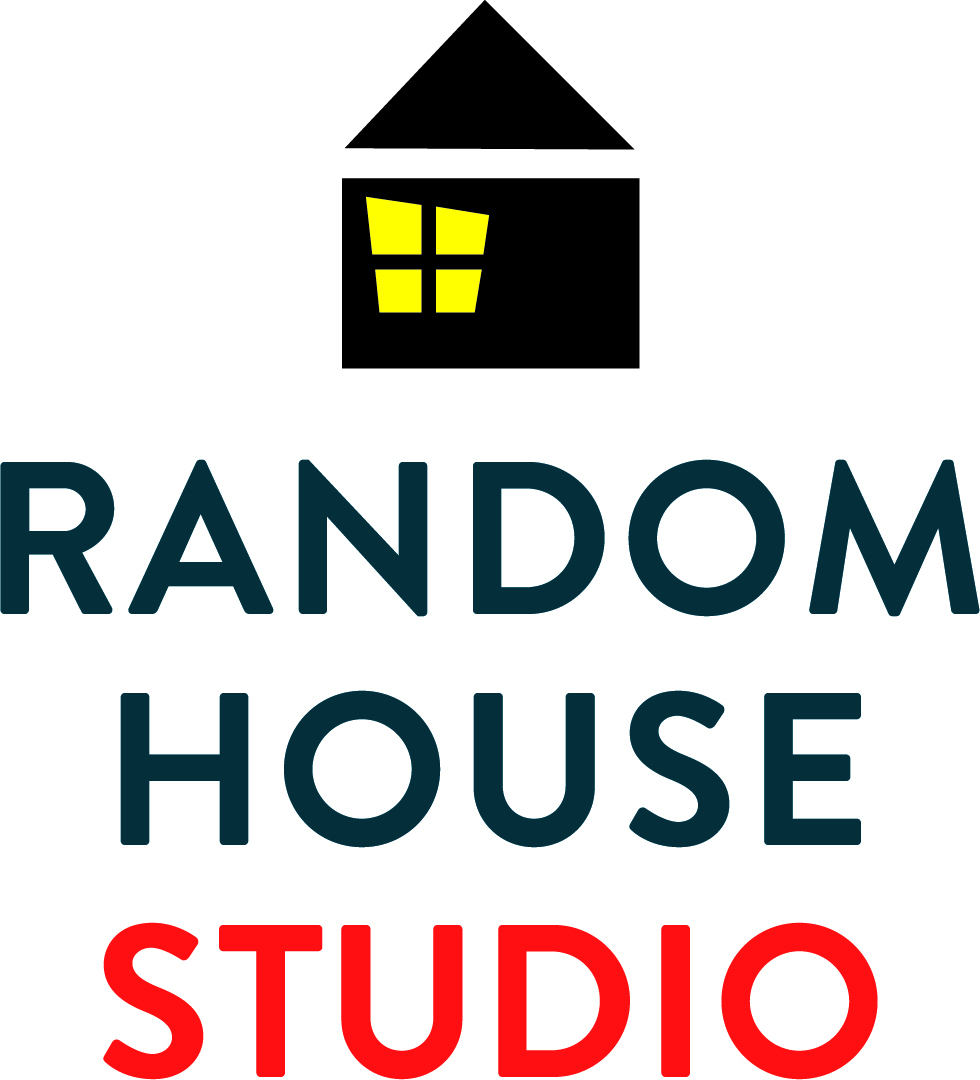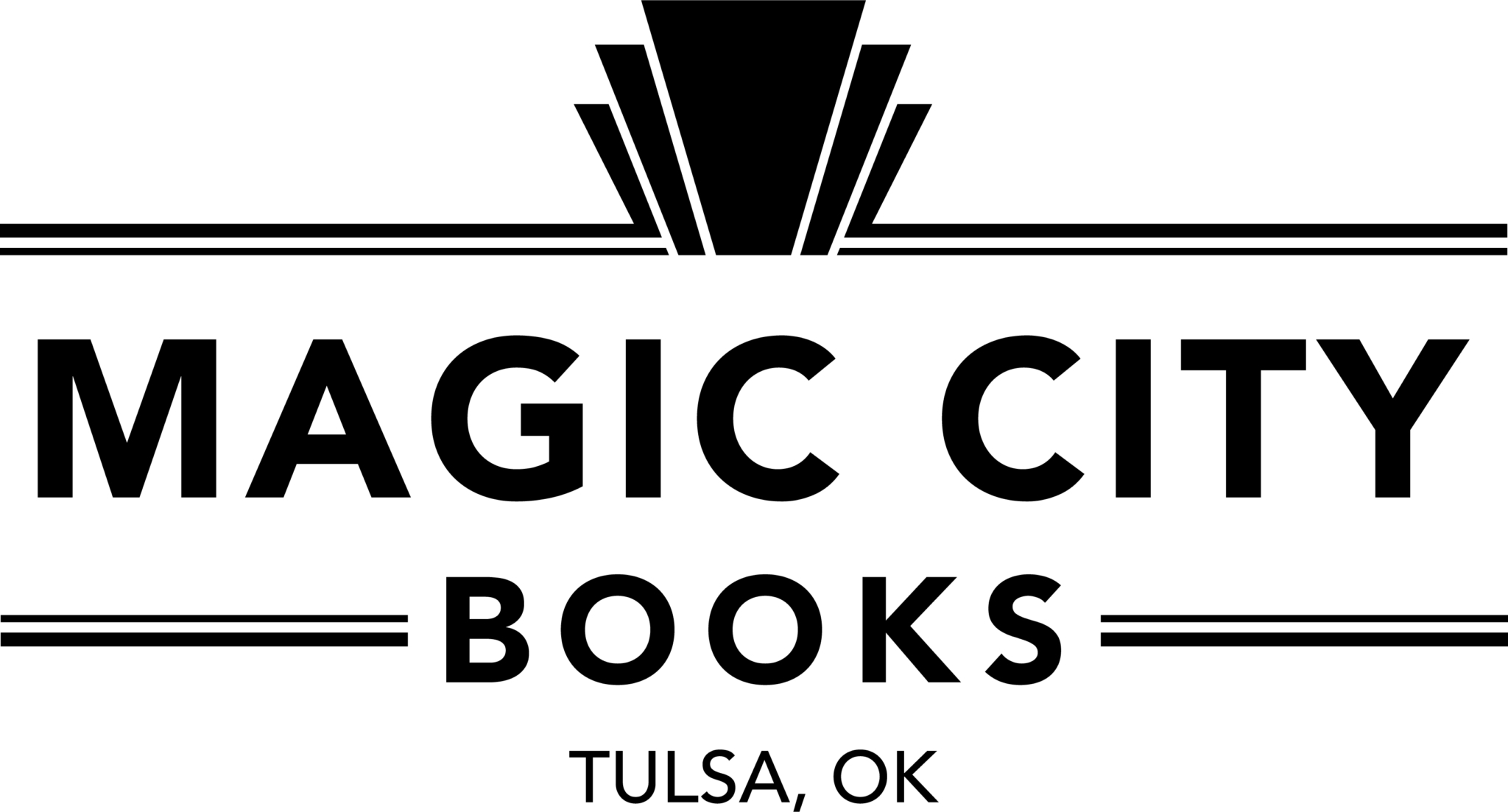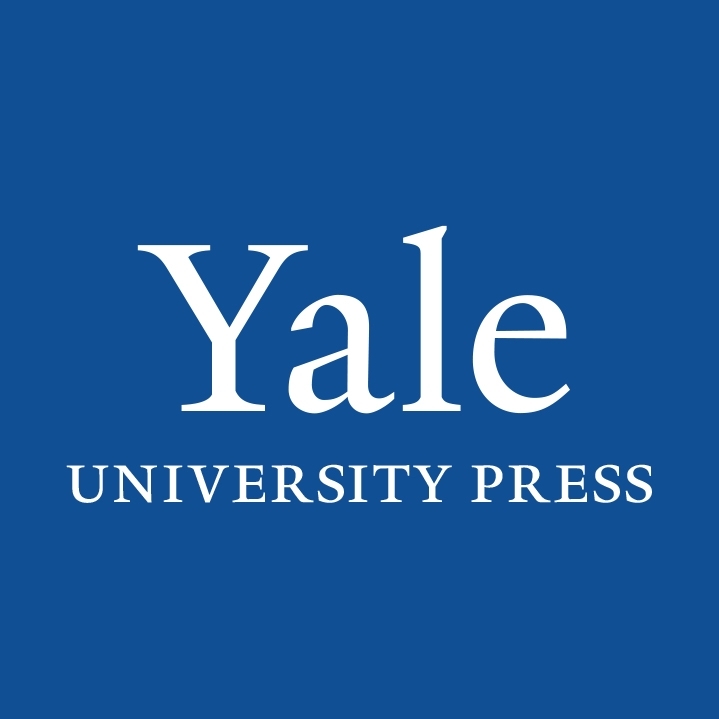Raised in White Cone, Arizona, on the Navajo Reservation, Sherwin Bitsui is a poet and visual artist based in New Mexico, where he teaches at the Institute of American Indian Arts. Shifting, pulsing, flooding with images in motion, as well as Native history and myth, his poems and paintings speak to transformations of the Southwestern landscape. In working on Dissolve (Copper Canyon Press, 2018), Bitsui found himself taking more photographs, a practice that fed this latest collection of poems, which engage the theme of dissolution and the dissolve as a cinematic device. He shares an ongoing dialogue with the distinguished writer, artist, and musician Joy Harjo, one of the pioneers of the wave of Native art and activism that emerged from IAIA in the ‘70s. This summer they exchanged recent work and convened to pick up the thread.
Joy Harjo
So in American time, today is July 5. It’s my daughter Rainy’s birthday. And we’re here because of Sherwin’s new book, Dissolve. But let’s start off with how we met in 1997. It was after I had started the band Poetic Justice, and you were a student at IAIA [Institute of American Indian Arts], and I remember having a one-on-one meeting with you, going over your poetry—
Sherwin Bitsui
Yeah, but we met before that. Poetic Justice was going to have a show one night in Santa Fe, and I went to the venue early. I introduced myself and said I was a poet in the program at IAIA. I was starstruck of course: you’re Joy Harjo and I’m this young poet. I wanted to write books and make this my life, and you took time out of your rehearsal to sit down and ask me about poetry and give me some of your thoughts on the power of the medium. I had just come off the reservation when I came to Santa Fe in 1997. That was the first time I had lived away from my homeland, so it was really nice to connect with you. I consider you a mentor, and it seems we’ve continued having that same conversation we started then, over and over, constantly, throughout the past twenty years.
JH
Yeah, when we talk, I feel like there’s so much we don’t have to say. We can just start where we left off. And I have a special connection with Diné, your Navajo people. I went to school at IAIA when it was still a BIA [Bureau of Indian Affairs] school. In our English classroom there were stoves lined up that had been used just a few classes before to teach girls apartment living, instead of literature. Those students weren’t taught the arts. I didn’t become a writer until much later, as I was set to be a painter, but I was there at that moment of the beginning of the huge wave of Native contemporary art that was set off by the artist and sculptor Allan Houser, the painter Fritz Scholder, and students at IAIA in the late ’60s. Some of us were just kids in high school, but still we were taking it all in and became part of it as we questioned what it meant to be artists from our particular tribal groups, who were also influenced by Western artists and world artists. We were inspired by the arts and artists around us, like T.C. Cannon, the prominent Kiowa painter, and the Doors, Jefferson Airplane, all that music, and we were staying up late doing our art and talking about really what’s become the crux of what I do, or how a lot of us have proceeded: the notion of artistic sovereignty, so to speak. Later I went to University of New Mexico, after going home to Oklahoma, then coming back, and I was part of the KIVA Club, which was a native student club there—we were a major political activist organization. The club was mostly southwestern Natives. There were few from elsewhere. They were mostly Pueblo and Navajo—I was really close with Larry Emerson and Marley Shebala, and we organized marches, a lot of community action work, so I spent a lot of time out in your part of the world and actually took Navajo language classes for two years. Learning the language really gave me a sense of Navajoness, so talking to you that first time—I didn’t know exactly where you were coming from, but there was a connection, as I was familiar with the land and the language, which tell so much about a people. I started writing poetry about the time I began studying Navajo. And when I read your poetry, all the way from Shapeshift to your new book, Dissolve, what I know of the language tells me your poetry is very Navajo. The way the poems lay themselves out on the page has everything to do with landscape and verbal constructions. One of my favorite moments in American poetry is at the beginning of your book Flood Song, the repeated tó tó tó, which is water in Navajo. When I read that, it blew me away. People of the earth will understand more and more how precious water is through very hard lessons, but when you’re a desert people, you know perhaps better than anyone because of the constant need for rain. There’s just so much in that tó repetition, that layering.













